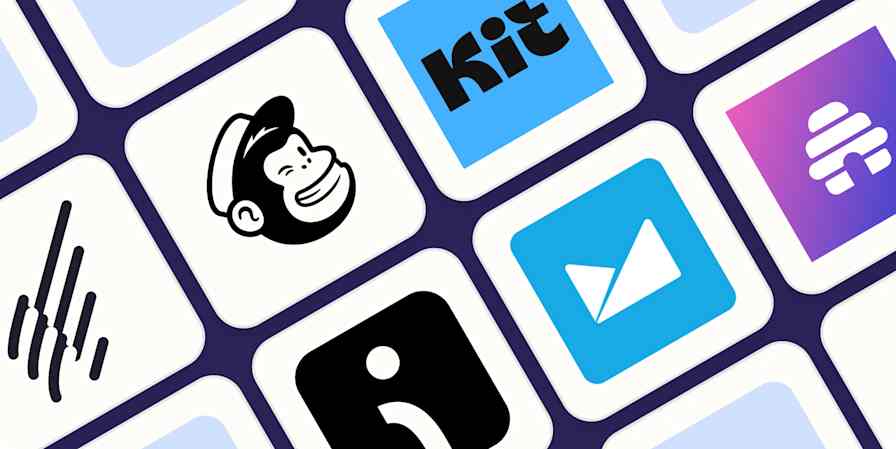Marketing tips
6 min read8 abandoned cart email examples to help you capture more sales
By Nicole Replogle · October 3, 2024

Get productivity tips delivered straight to your inbox
We’ll email you 1-3 times per week—and never share your information.
Related articles
Improve your productivity automatically. Use Zapier to get your apps working together.








